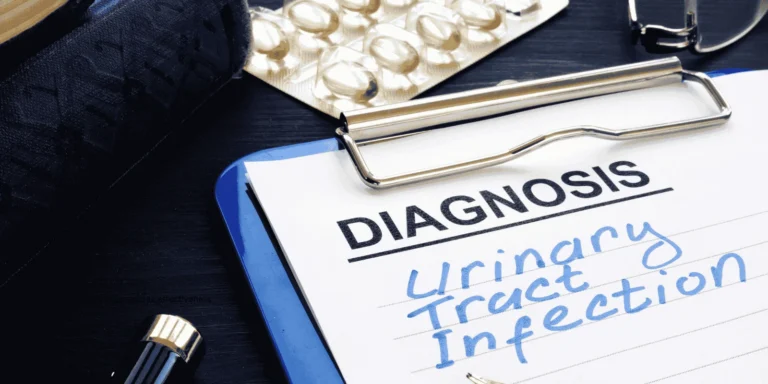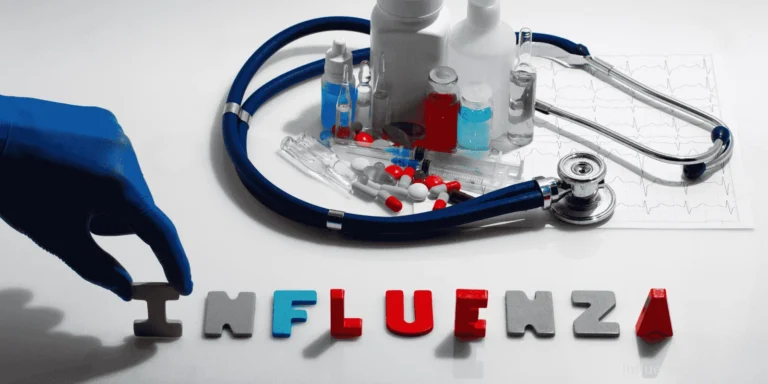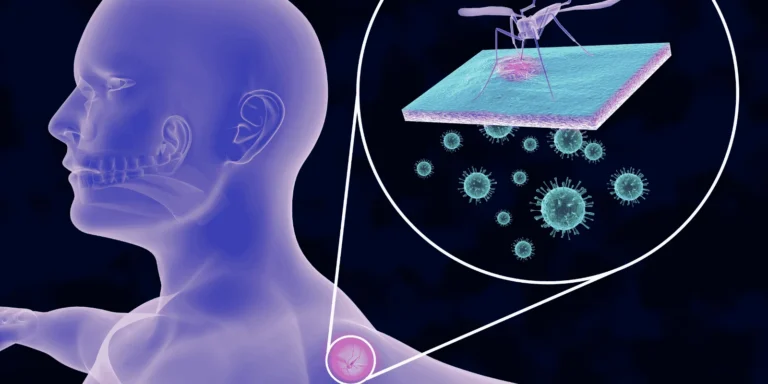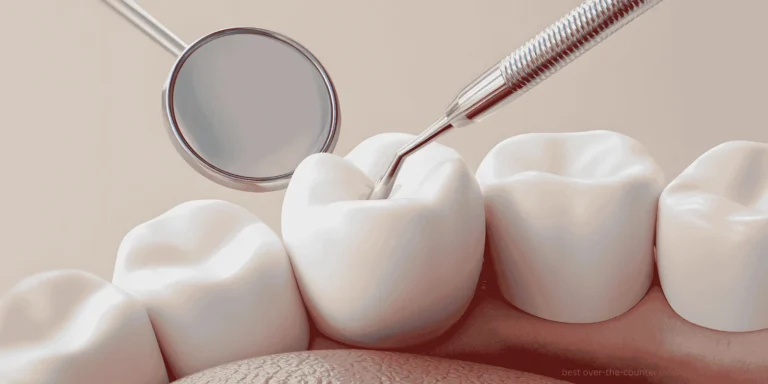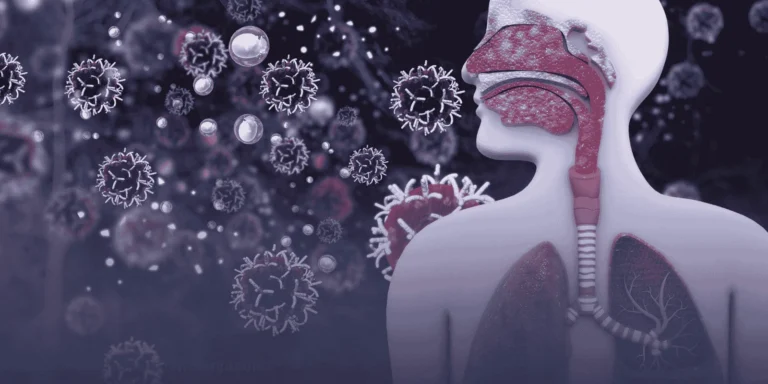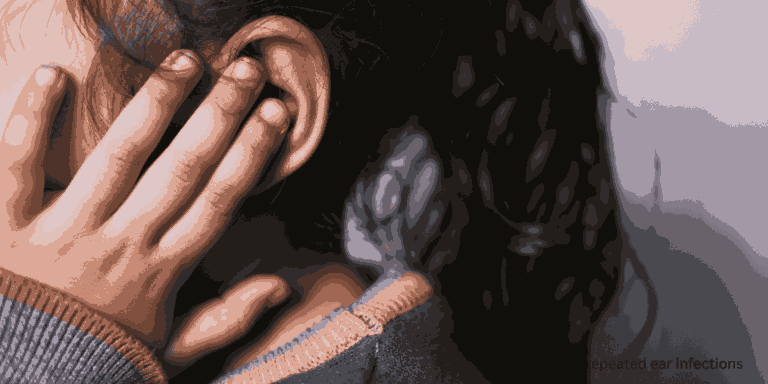Strep throat is highly contagious, particularly during the first 2-3 days of illness when bacterial levels are highest. Understanding transmission patterns helps protect others and guides isolation decisions.
Peak contagiousness period: First 24-72 hours of symptoms represent the highest transmission risk when Streptococcus pyogenes bacteria are most abundant in throat secretions.
Untreated strep remains contagious for 2-3 weeks, though infectivity decreases over time as bacterial counts decline.
After antibiotic treatment begins, patients become non-contagious within 24 hours, making early treatment important for controlling the spread.
Primary transmission routes: Respiratory droplets from coughing, sneezing, or talking carry bacteria to others within 3-6 feet. These droplets can land directly in another person’s mouth, nose, or eyes.
Direct contact with infected saliva through sharing utensils, drinks, toothbrushes, or kissing transmits bacteria effectively.
Contaminated surfaces can harbor strep bacteria for hours, though this is less common than direct droplet transmission.
Hand-to-face contact after touching contaminated surfaces or shaking hands with infected individuals can introduce bacteria to the mucous membranes.
High-risk transmission settings: Households with infected family members have attack rates of 20-30%, making family spread common.
Schools and daycares provide ideal conditions for rapid strep transmission among children in close contact.
Military barracks and college dormitories historically show high transmission rates due to crowded living conditions.
Healthcare facilities require strict isolation precautions to prevent nosocomial spread.
Factors affecting contagiousness: Symptom severity correlates with bacterial load – people with severe throat pain and fever tend to be more contagious.
Age influences transmission patterns. Children typically have higher bacterial counts and may be more contagious than adults.
Carrier states exist where some individuals harbor strep bacteria without symptoms but can still transmit to others.
Individual immune responses affect both susceptibility to infection and duration of contagiousness.
Environmental survival: Strep bacteria can survive on surfaces for several hours but don’t remain viable as long as many other pathogens.
Dry environments and sunlight quickly kill strep bacteria outside the human body.
Personal items like toothbrushes should be replaced after starting antibiotic treatment to prevent reinfection.
Prevention strategies: Isolation of infected individuals until 24 hours after antibiotic treatment begins.
Hand hygiene with frequent washing or alcohol-based sanitizers reduces transmission risk.
Respiratory etiquette including covering coughs and sneezes with tissues or elbows.
Avoiding shared items like drinks, utensils, or personal care items with infected individuals.
Return to activities: School or work return is safe 24 hours after starting antibiotics and when fever-free.
Sports participation should wait until full antibiotic course completion to prevent strain and potential complications.
When isolation isn’t needed: Household contacts without symptoms don’t require isolation but should monitor for symptom development and seek testing if symptoms appear.
If you’ve been exposed to strep throat or are experiencing symptoms, ChatRx can help evaluate your condition and provide appropriate antibiotic treatment to reduce contagiousness and prevent complications.




